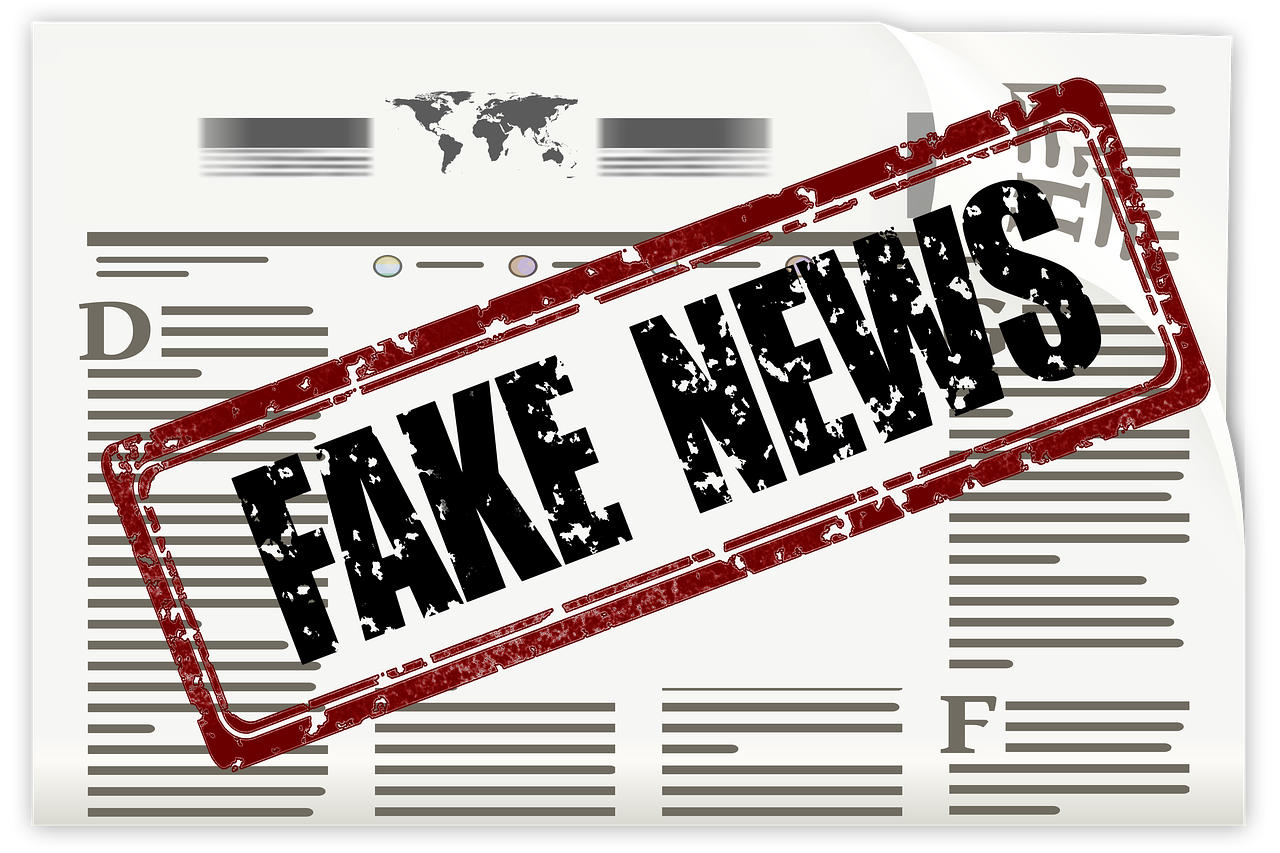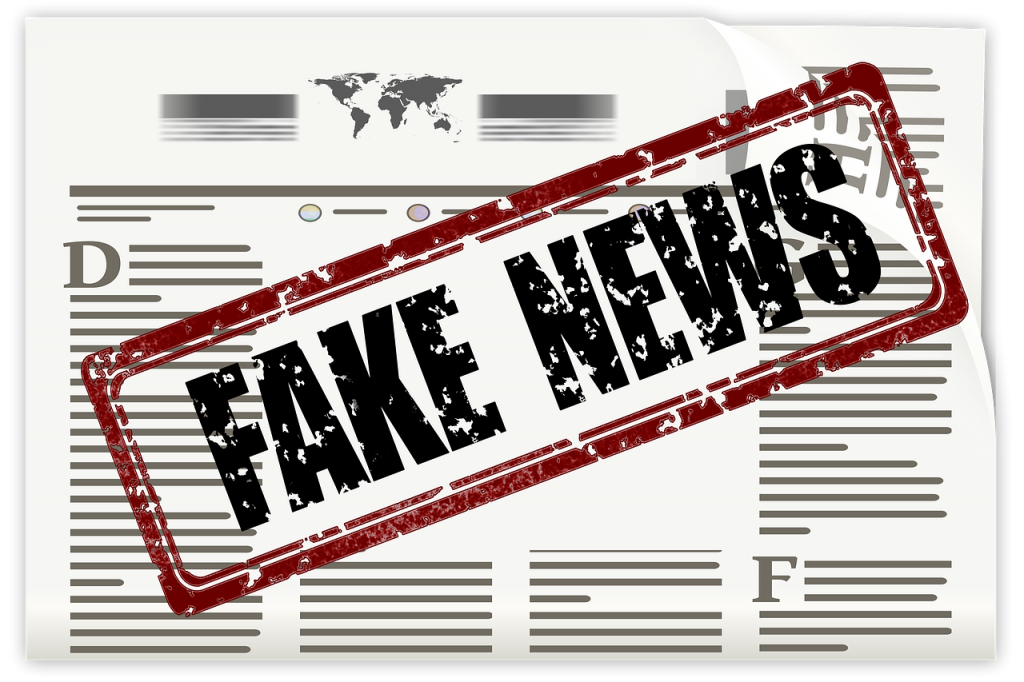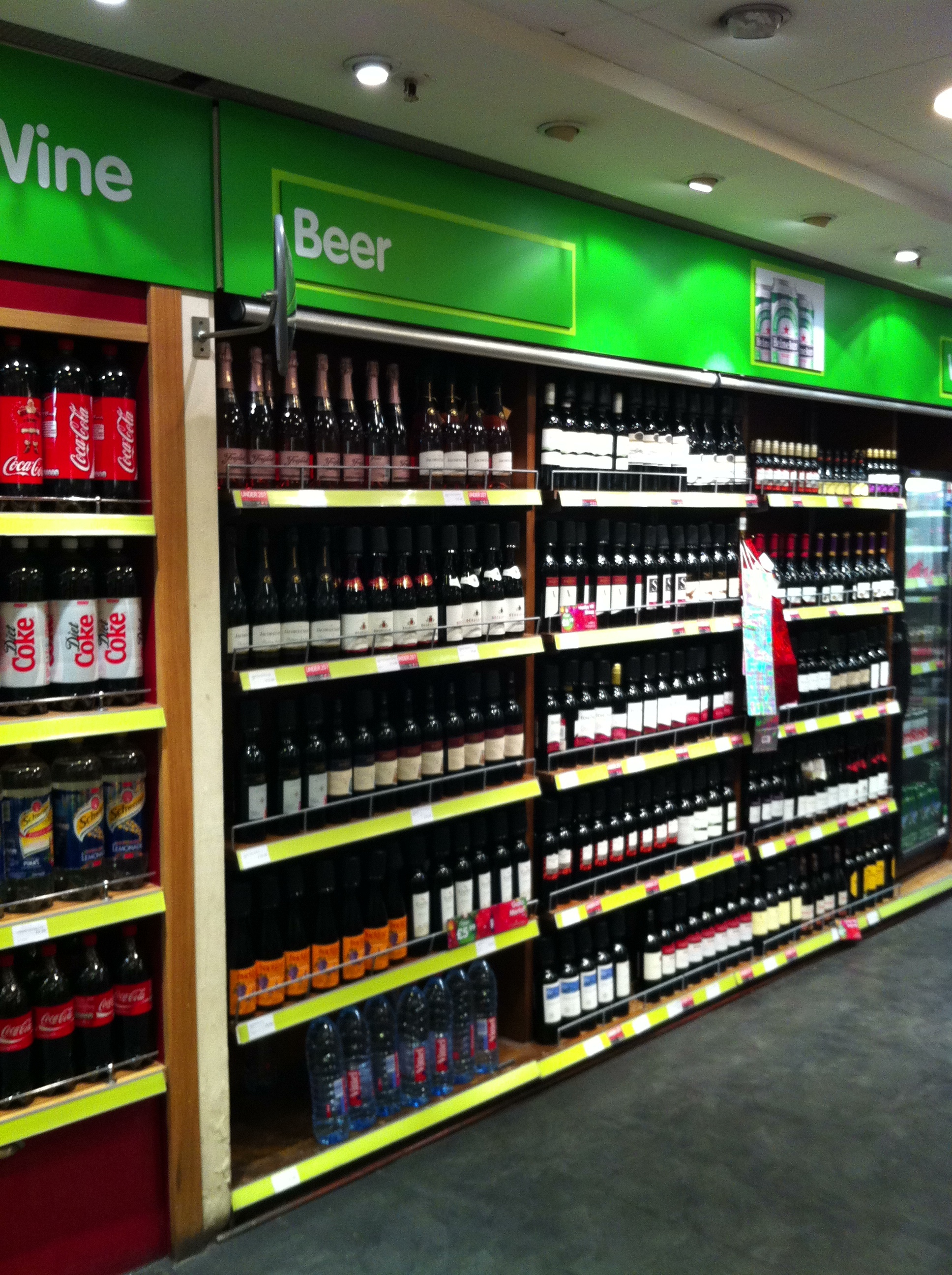According to the esteemed market research organization Greenbook, 40% of Generation Zers’ purchase decisions are influenced by social media. Wow! That is huge! I mean if that is true it surely is a game changer for the way we do shopper marketing! Scratch that. It’s a game changer for the way we do marketing, period! Hold all our marketing spend! Change everything! Move all of our budgets to social media now! Surely? Sadly not. Why? Because it simply isn’t true. It’s a lie. It could be an interpretive mistake, or a more malicious attempt to create hyperbolic click bait. I don’t know. What I do know is that it is a great example of the ‘fake news’ we habitually come across. And we see it in market research reports on our client’s desks all the time. Research reports from the biggest names in the industry. And these errors are driving business decisions all the time! That’s pretty scary! So how to avoid fake news in your market research?
Market Research Fake News – On your desk now
We live in an era where sadly we are used to ‘fake news’ across the media and news channels. But perhaps we are less aware (or less alert) to fake news from the market research department. Sadly it is highly prevalent. Simple mistakes, misleading headlines and conclusions, hyperbolic statements, charts with misleading axes. These are the things that marketing and sales leaders use to make their decisions all the time.
Market Research Fake News is rarely malicious, but it is dangerous
Fortunately, much of the misleading statements we see in our industry isn’t malicious, but that doesn’t make it any less dangerous, at least to our business. We need data to help us make better decisions, but if the data is presented in misleading ways, or (as in this case), ways which are completely false, there is a danger that we make really bad decisions, decisions that hurt our brand health, and damage our sales and profitability. Think about the decisions you make. How certain are you that the data upon which you based the decisions was rock-solid? That there wasn’t a mistake? And if you are not certain, what can you do?
An example of Market Research Fake News
So let’s take a look at this Greenbook example:
So how do brands create 🔥 campaigns to connect with Zoomers? It’s no wonder, with 40% of purchasing decisions driven by social media, that brands are partnering with micro-influencers on TikTok and hosting virtual product launches on Animal Crossing to reach this audience. But these digital natives are looking for individuality and authenticity, not only in the brands they buy, but how and where they are reached. Zoomers are also more money savvy, looking for deals before they buy.
What caught my eye and created a click? Well, as you’ve probably guessed, it was the statement that, for “Zoomers” (no, don’t get me started on that utterly unnecessary moniker!) 40% of purchase decisions were influenced by social media. If you click through to the article that is referenced here, it turns out that there is, in no place, a statement of how many of Zoomers’ purchase decisions are influenced by social media. Not there! At all! Of course it might be buried in the full report, perhaps, but unfortunately that can’t be accessed. There is a statement that 60% of Gen Z and Millennials say that an advertisement on social media has influenced their purchase decision– so that might possibly include this? Surely if 60% of Gen Z and Millennials combined have had a purchase decision influenced by social media, then it is entirely possible that 40% of Zoomers’ purchase decisions are influenced by social media?
No.
Because that isn’t what the article says. The article quotes how many Gen Z and Millennials say that their purchase decisions have been influenced by social media. The number of individuals being influenced isn’t the same as the number of purchase decisions being influenced. I might be influenced by social media, but I make lots and lots of purchase decisions. For the number of individuals to be equal to the number of purchase decisions, I’d have social media would need to influence ALL my purchase decisions. And that isn’t what the report says.
Market Research Fake News – really?
Thinks about it. How many purchase decisions does a Zoomer make? First question of course has to be ‘over what time period’? Let’s assume it’s a week? I’m no Zoomer, but my daughter is. In the past week she’s made 19 purchase decisions (yes, we counted!) So what this statistic says is that among ALL of those purchase decisions, at least one of them was influence by social media. If only one purchase decision had been influenced by social media, she’d still answer ‘yes’ to a question such as ‘does social media influence your purchase decisions’. But if it had only influenced 5% of her purchase decisions (approximately the one in nineteen), then the 40% of purchase decisions becomes 2%. 5% of the decisions of 40% of the population is 2% of the total. And of course if the time period was longer, then the percentage could be tiny!
Clearly if ALL of the purchase decisions of ALL of the 40% of individuals had been influenced by social media we’d be up at the 40% of purchase decisions (assuming all respondents made similar numbers of purchase decisions). But that isn’t what the data says. In fact, even if EVERY ZOOMER IN THE WORLD said that social media advertising had influenced their purchase decisions, we’d still potentially have only 5% of their actual decisions influenced by social media. With a little thought, the idea that 40% of purchase decisions are influenced by social media advertising is faintly ridiculous.
The trouble is, 2% of purchase decisions are influenced by social media might be closer to the truth, but it doesn’t make a good headline. It does, however, make for better marketing decisions. And of course the truth probably lies somewhere between 2% and 40% – depending on exactly what proportion of purchase decisions are influenced by social media.
Market Research Fake News – Even the best agencies…
And this sort of error or oversight isn’t limited to agencies trying to get a few extra clicks on their article, report or email. At engage, we see hundreds, even thousands, of market research reports as we work with our clients, helping them build more effective brand and retail strategies. And often we see similar errors in market research presentations, brand plans and customer presentations. And it isn’t limited to the small guys: we’ve found this sort of thing in work commissioned by the largest CPGs on the planet and research delivered by the world’s leading market research agencies.
How to Spot Market Research Fake News
Each of these errors is dangerous. It leads us to make poor decisions about our plans and investments. And when we share this with our retail partners, it risks our credibility and our relationships. So how best to avoid this sort of error? There are many steps that can be done, but here are the three most powerful:
Check the data:
Never focus on the headline. Always check the data. Don’t make a decision based on the pretty chart alone. Go back to the data tables. Go back to the database. Check the questionnaire. Make sure that the data actually says what the chart or report suggests it does.
Check the questionnaire:
I know I mentioned this in the previous point, but it is so important that is warrants its own point. Check the question, exactly as it was asked. Then check the answers. Then check the conclusion.
Park your paradigms:
We all have our paradigms and bring our beliefs to the table. Data and conclusions that support our beliefs will pop out of data and reports. It’s called confirmation bias. Be aware of your bias. If possible, get a third party (like us!) to review your data. Get other people to look at the data. Look at the report without the conclusions/headlines. Ask others what they see. Ask others what they think (without telling them what you think).
Listen to your gut:
If something feels wrong, it might be. The GreenBook example here felt wrong to me, so I was immediately suspicioius. Don’t reject something that goes against your gut feel (your gut is far from perfect): rather, investigate. Check the data, check the questionnaire, get someone else to review the conclusions before you move forward.
If you are looking to make important decisions from your market research, don’t rely on the agency getting it right. Don’t assume that your team has dug out the highest value findings, or the nuances that the data really shows. Ask someone else for help. Ask me now.







